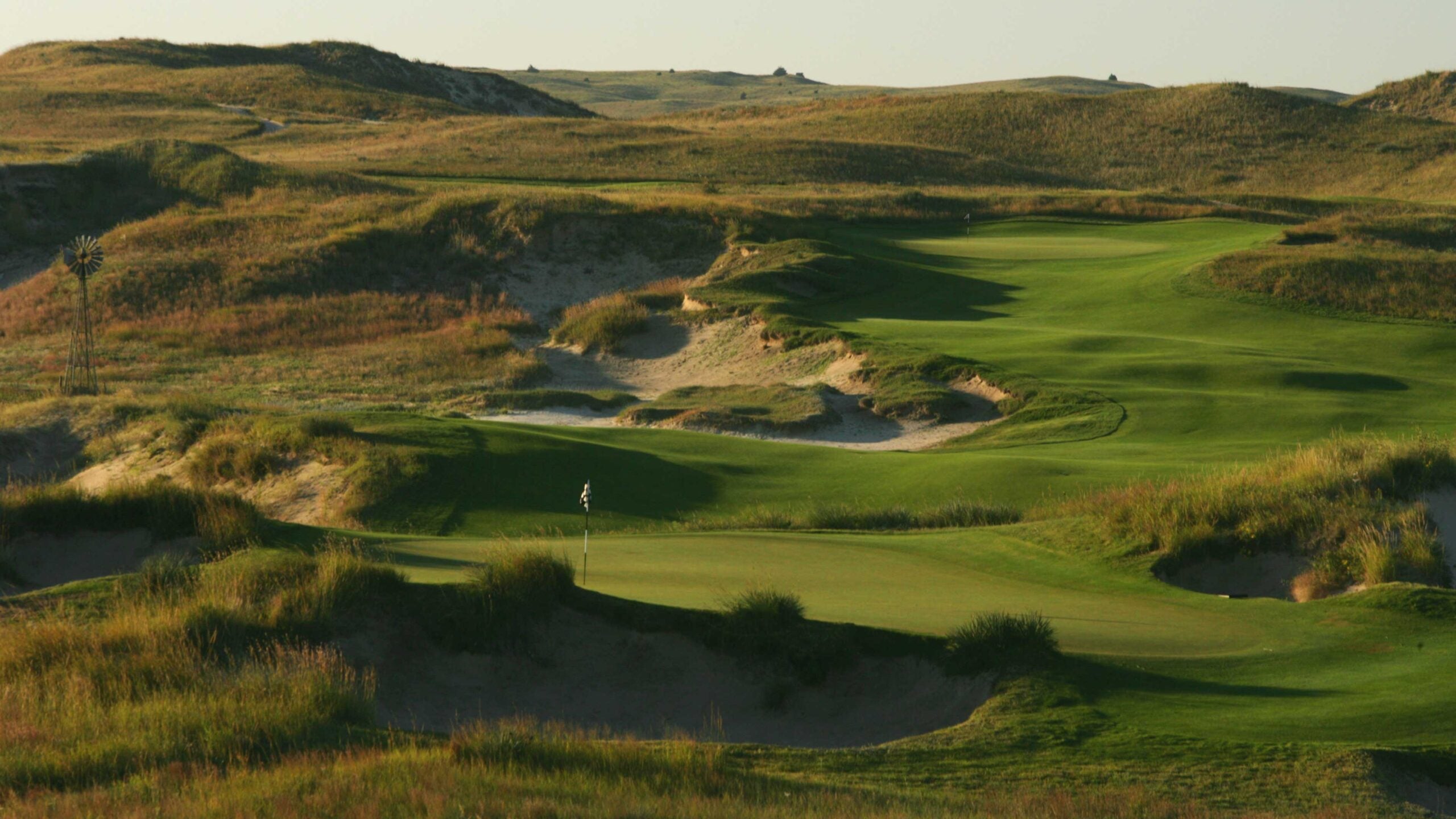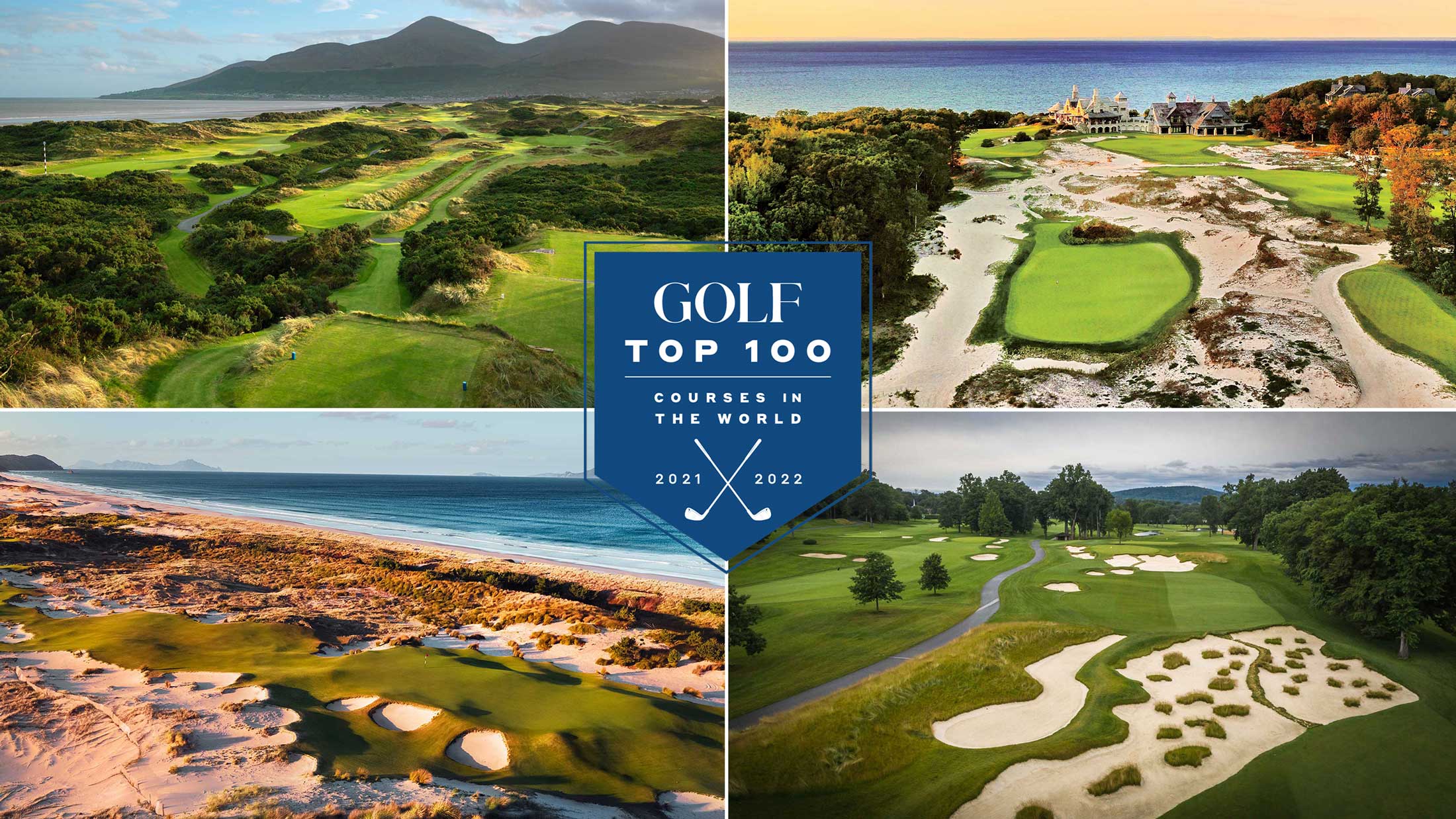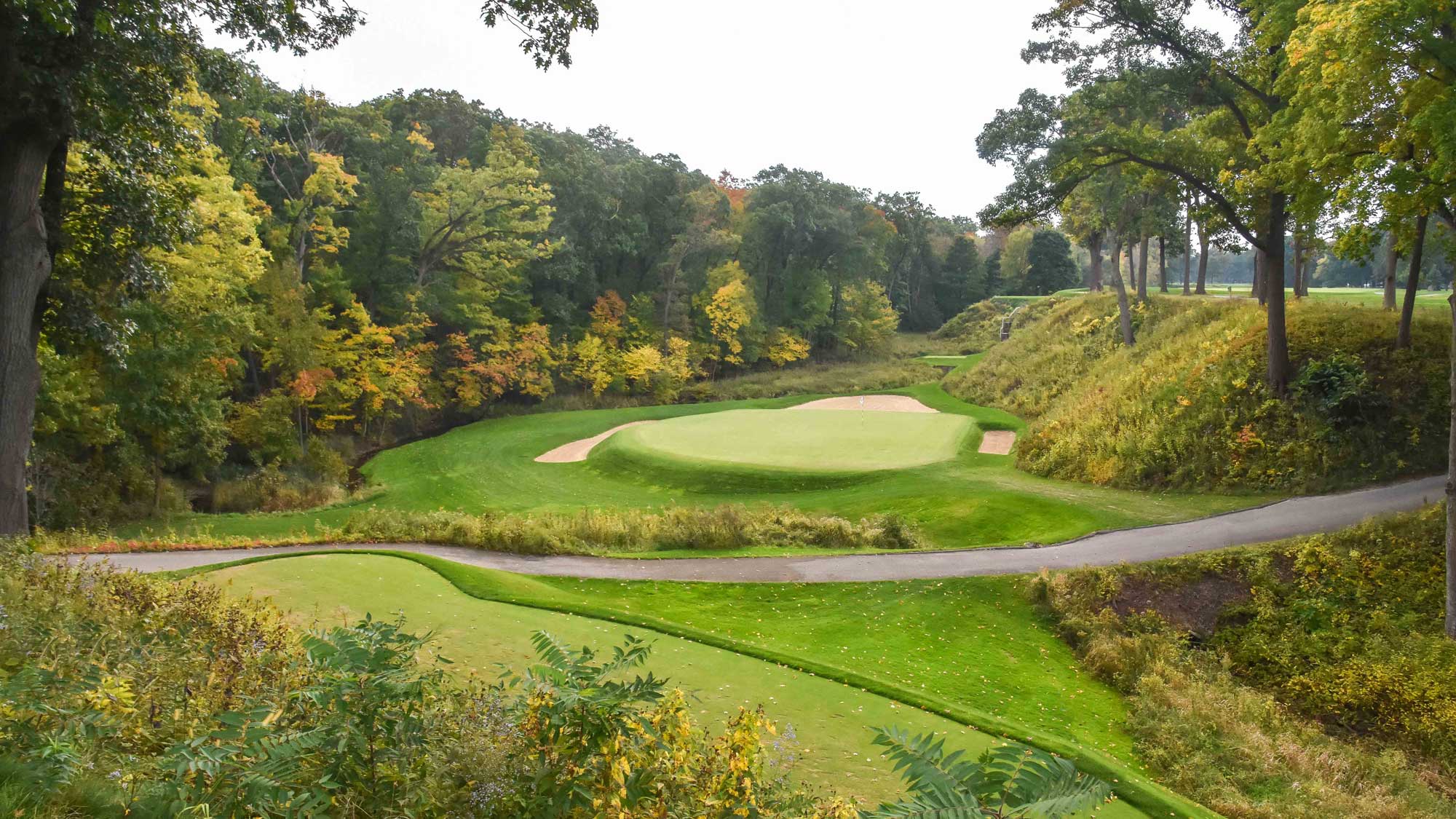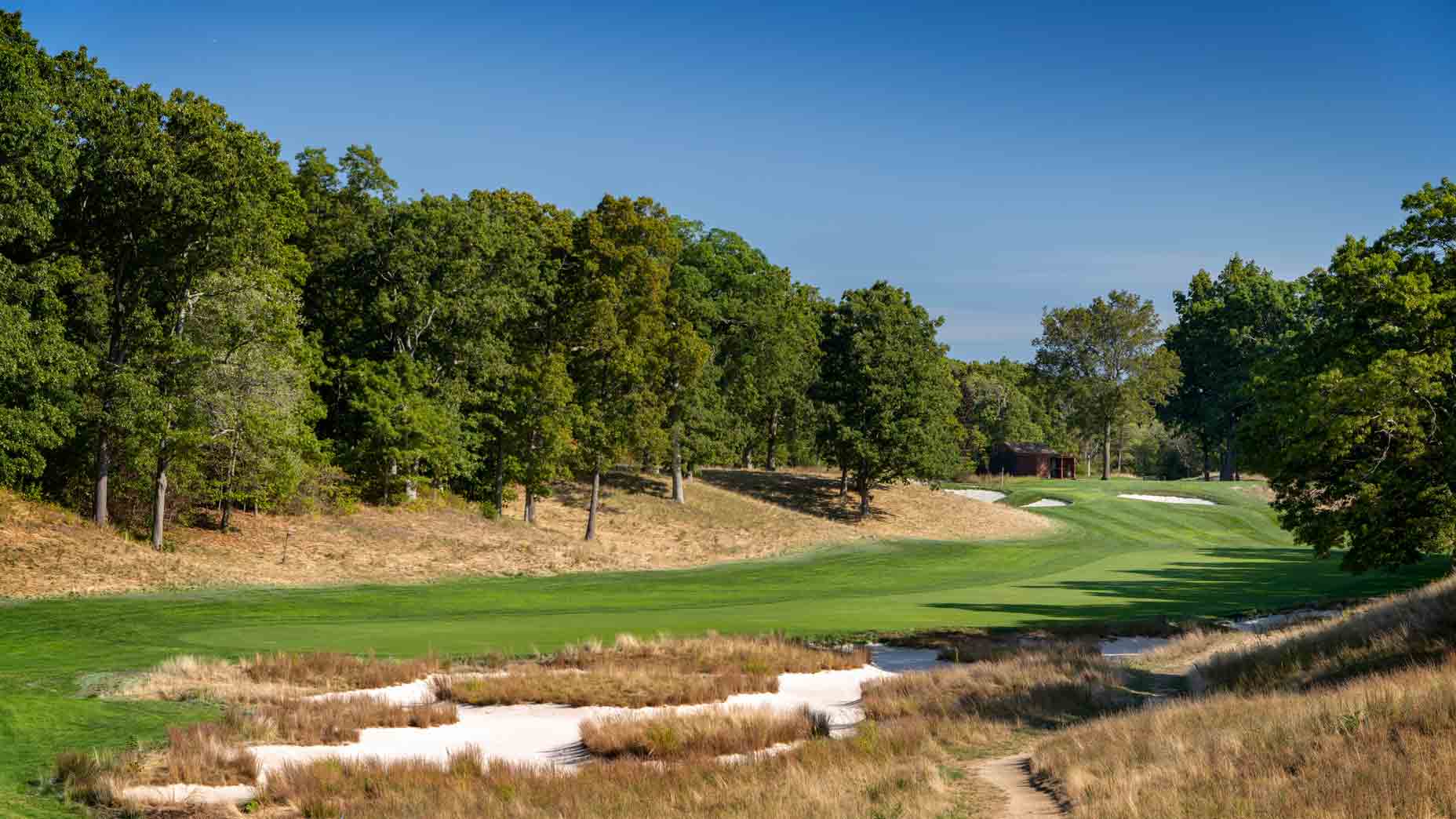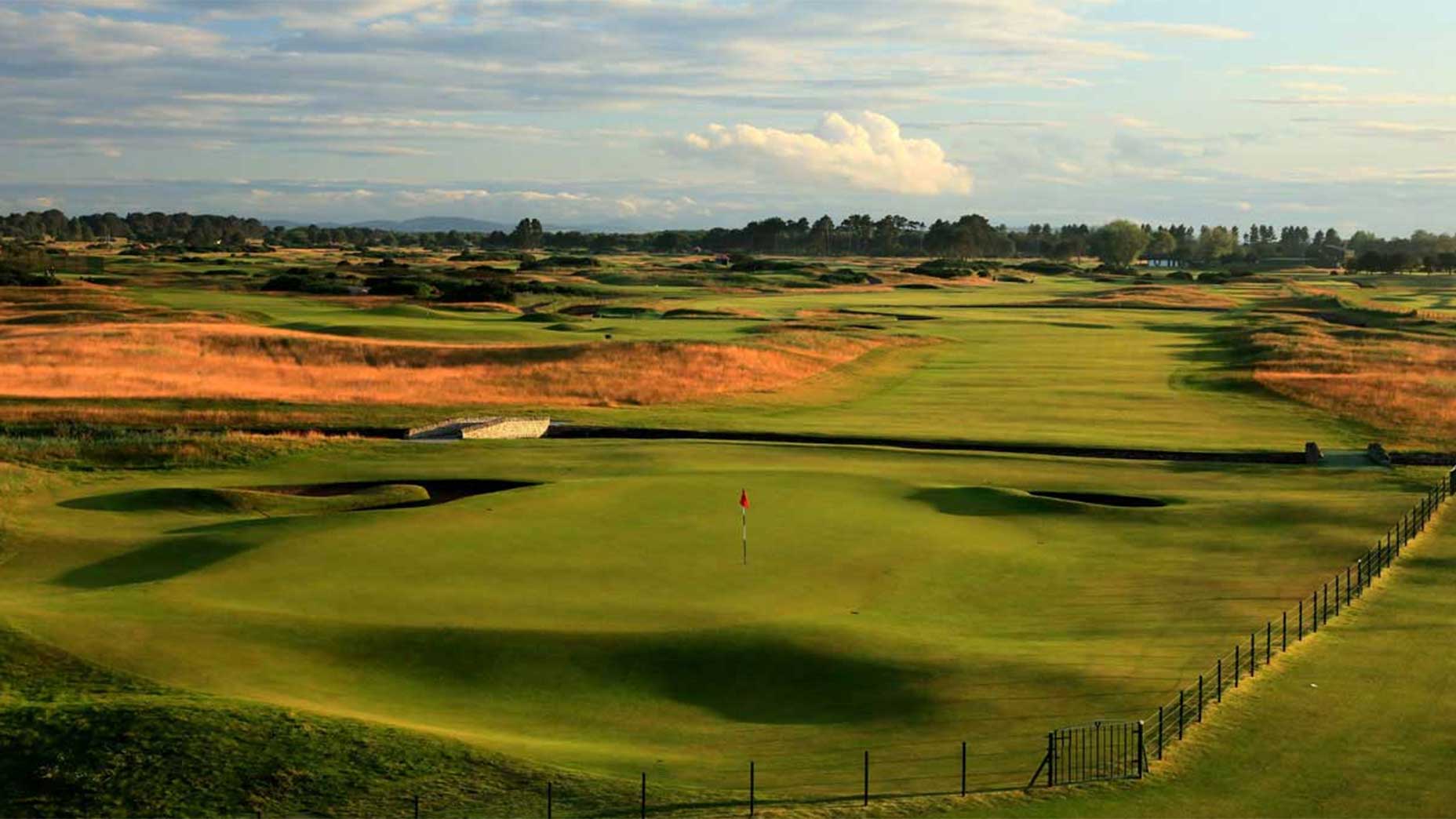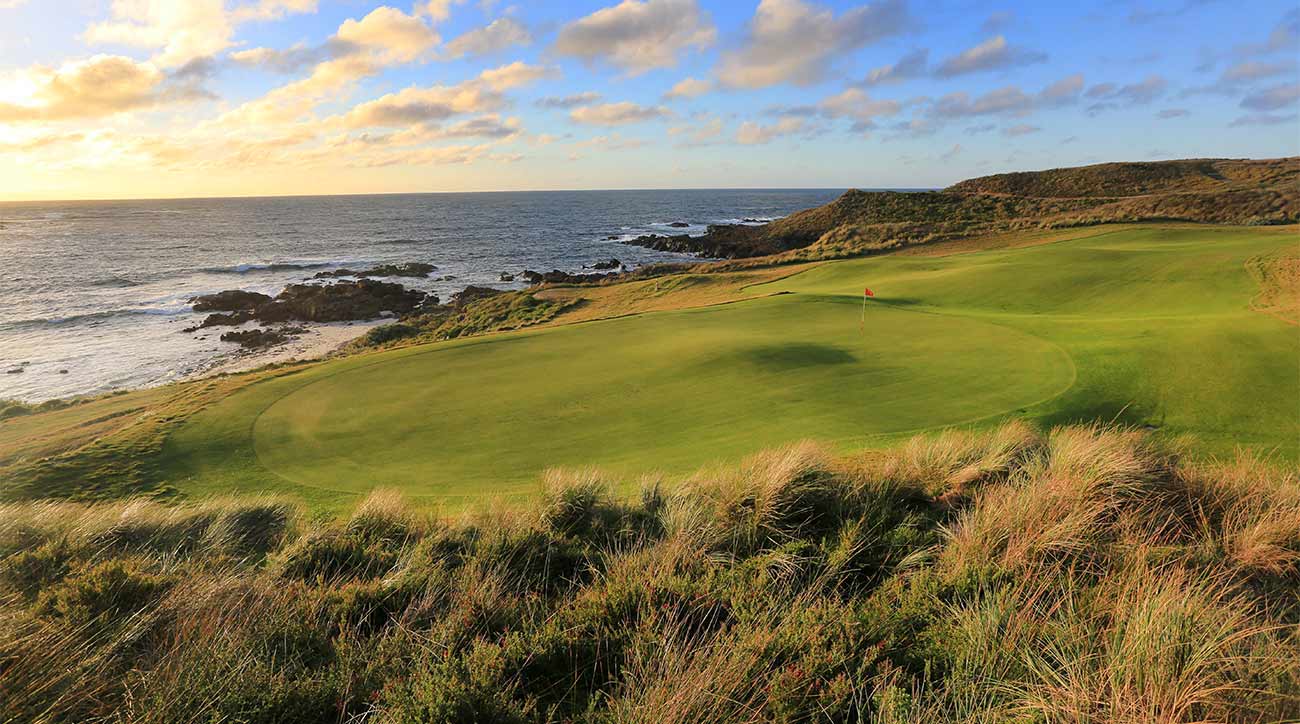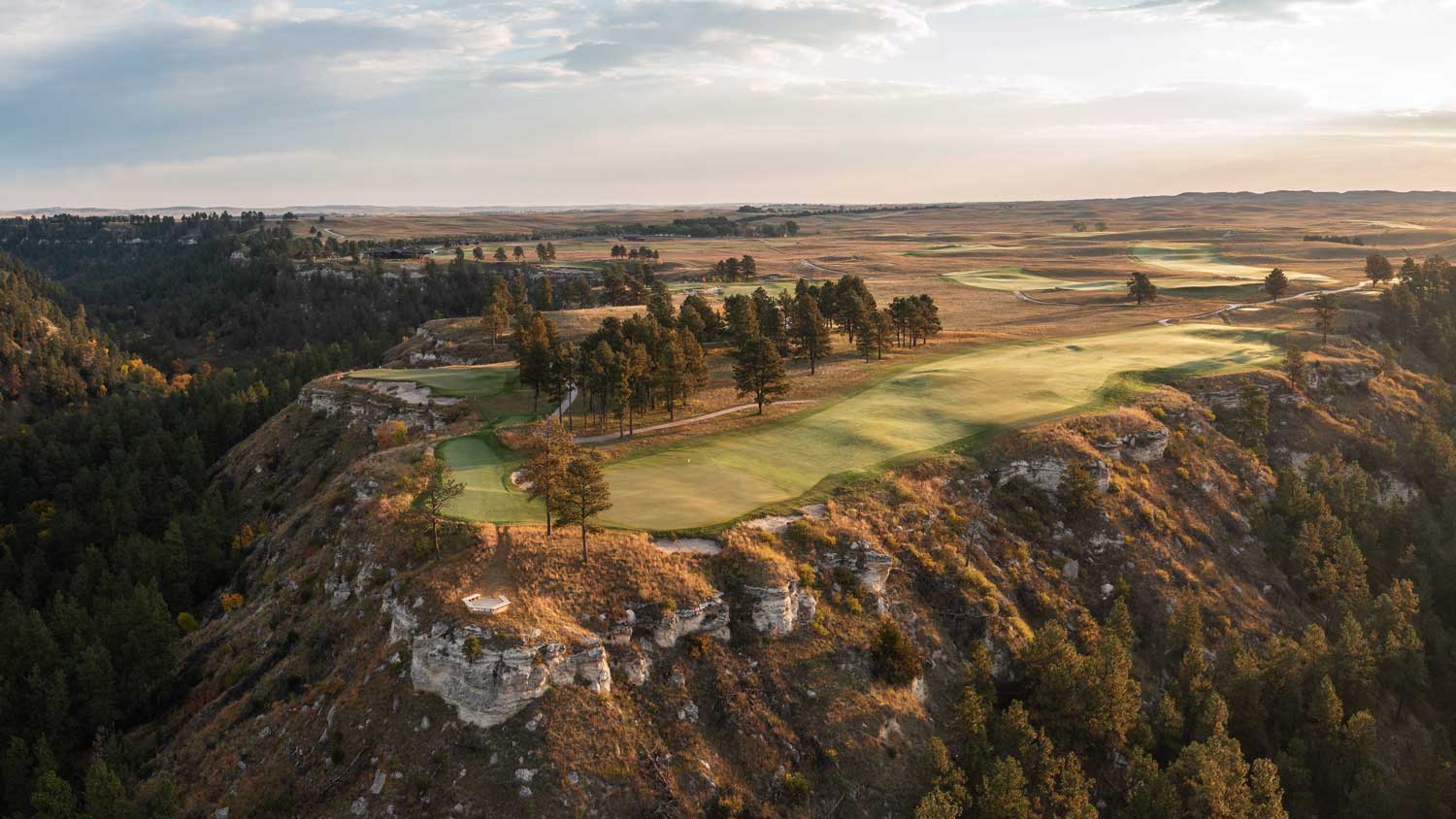Ed. note: With each new Top 100 Courses ranking comes new learnings, both large and small. Our 2021-22 Top 100 World list is no exception. To better understand this ranking’s key trends and takeaways, we asked Ran Morrissett, who manages our ratings panel, for his observations. Here’s the first installment of his seven-part series. Stay tuned to GOLF.com in the coming days for more of Morrissett’s insights.
Part I: Pandemic positives
A true friend is always there for you. We’ve seen that play out over the past 20 months with golf. As the pandemic endured, people longed to be outside with their friends, exercising, breathing fresh air and relaxing in nature while maintaining respectful distances. Golf was a natural antidote. It was called upon and answered in spades, delivering an immensely beneficial escape.
A true friendship, though, is a two-way street, and the golf community (designers, greenkeepers, you) returned the favor to this grand game by taking care of the world’s courses better than ever. Restoration work reached heights that few would have thought possible just a decade ago. Additionally, new course openings squarely placed quality ahead of quantity.
Since our 2019 world rankings, it’s been a win-win situation, pandemic be damned. The sport was there for us, and we responded in kind. What a brilliant cycle: The better the courses you play, the more you love the sport; the more you love the sport, the more you play. No wonder golf is thriving.
Design themes from the Golden Age of architecture — width, strategy, playing angles, enjoyment, creativity stemming from “bouncy-bounce” golf — manifest themselves across all of GOLF’s rankings, and this 2021 Top 100 in the World list reinforces these core themes. Fact: Courses that embrace short grass and give the player room to navigate based on their game strengths fared better than cramped courses choked with wrist-wrenching rough that necessitate looking for lost balls.
Top 100 Courses in the World: GOLF’s 2021-22 ranking of the best designs on the planetBy: GOLF’s Course Raters and Ran Morrissett, Architecture Editor
As you peruse the rankings, notice that designs that treat the land with respect (i.e., adding as little artifice as possible) are lauded. For example, Sand Hills, set firmly in mid-Nebraska‚ is so deeply rooted in nature and “at one” with its landscape that it cracked the top 10. Meanwhile, “manufactured” courses fell from favor. TPC Sawgrass fell two spots shy from this list, for instance.
Great architecture inspires you to play. That may sound self-evident, yet this wasn’t the case just a few decades ago when toughness was the most prized attribute. Back then, golfers readily walked off a “championship” course worse for wear. Today’s golfers (and our raters) unanimously prioritize connecting with nature and enjoyment. Look at the teeming Bandon Dunes Golf Resort (three of its five courses ensconced in the Top 100 in the World) as proof. You don’t go to Bandon just once.
On behalf of the raters, I’m happy to report that courses of all types — links, cliff top, heathland, parkland, desert, prairie, mountain and scrubland — are presented in our rank to excite and engage golfers of all ages and skill levels. We persevered through the pandemic as one. The courses that embody this universal spirit rose in the rank. Those that didn’t? I think you know the answer.
